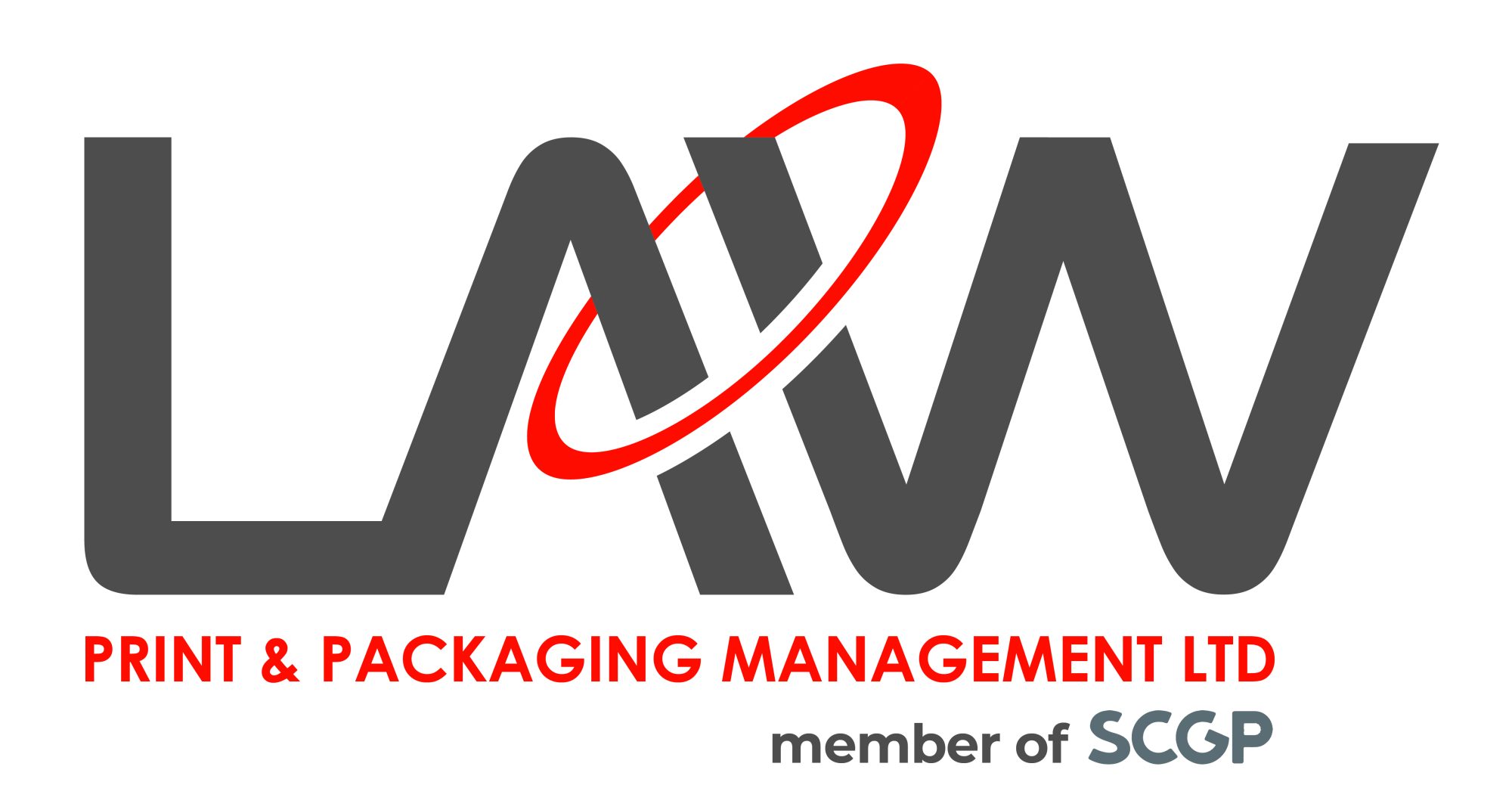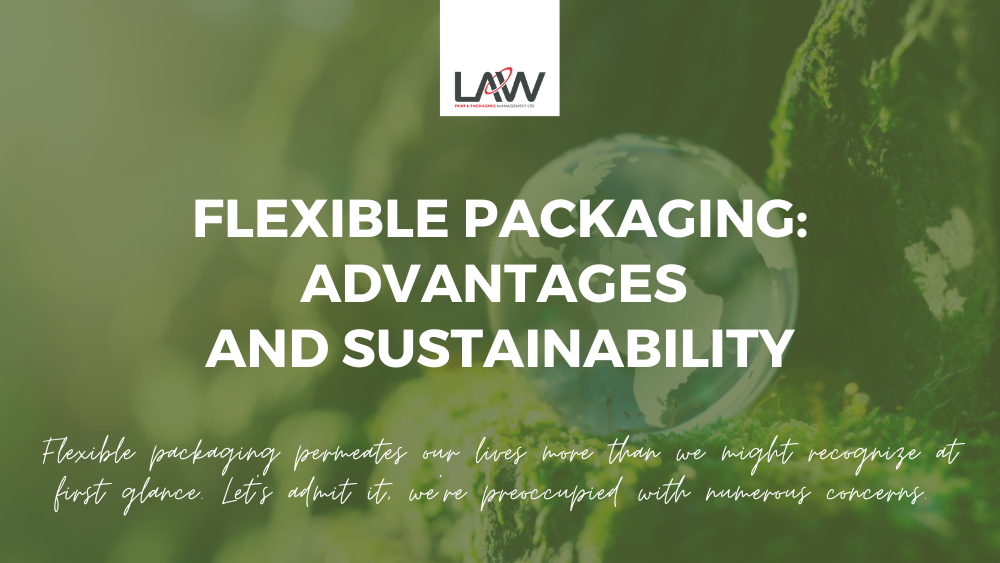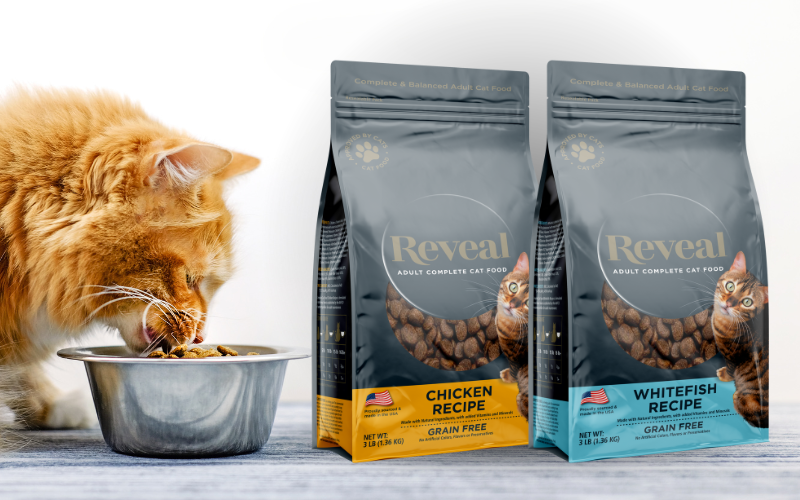Flexible packaging permeates our lives more than we might recognise at first glance. Let’s admit it, we’re preoccupied with numerous concerns. Nevertheless, it’s imperative to grasp the significance of flexible packaging and how it can enhance our daily existence.
While it may not be the primary choice for many, we are witnessing a growing trend among brands and businesses transitioning from rigid containers to options like stand-up pouches and flat-bottom bags. What’s driving this shift? Part of the answer lies in education.
When you conjure up images of flexible food packaging, you might initially envision plastic bags polluting the oceans or heaps of plastic waste at disposal sites. However, in recent years, flexible packaging has evolved to become more environmentally sustainable. It can now be crafted from a single type of plastic, rendering it 100% recyclable. Moreover, plastic packaging can find a second life for various purposes after its initial use. Let’s delve deeper; we’re about to debunk some misconceptions!
Cost Efficiency
Flexible packaging can substantially reduce packaging expenses due to its efficient use of materials. These cost savings also extend throughout the supply chain, encompassing storage, warehousing, and distribution.
Lightweight
Flexible food packaging solutions, such as pouches, are considerably lighter compared to rigid materials like glass and jars. Retailers and supermarkets seek products that offer convenience to their customers. With its ease of handling and portability, flexible packaging meets the demands of in-store shoppers.
Product Differentiation
Striking visual packaging can set your product apart in our digital age. Some businesses have reported a 30% surge in consumer interest when they prioritise packaging aesthetics. Flexible packaging empowers brands to distinguish their products in crowded retail spaces, impressing both retailers and consumers.
Millennial Appeal
Millennials, one of the largest generations in Western history, value uniqueness and are increasingly loyal to independent and pioneering brands. Flexible packaging resonates with this demographic by breaking away from tradition.

Waste Reduction
Packaging pouches are smaller than their rigid counterparts, using 60% less plastic and weighing up to 23% less. Items like Stand-Up Pouches and Flat Bottom Bags offer a higher product-to-package ratio and can require less than half the energy to produce. Additionally, as mentioned earlier, flexible packaging can now be crafted from a single recyclable plastic.
Reduced Carbon Footprint
Flexible packaging manufacturing demands fewer resources. The compact packaging allows for more efficient distribution, thereby reducing fuel costs, emissions, and the overall carbon footprint.
Extended Shelf-life
Advances in sealing technology for flexible packaging have significantly enhanced the shelf-life of food products, preserving freshness for both retailers and end-users. This is why plastic when used smartly, has numerous benefits, as it keeps food fresh, retains nutrients, and is recyclable.

Print Techniques
Flexible packaging permits rotogravure printing with up to 10 colours, resulting in vibrant hues and lifelike images. This can be a compelling selling point for brand owners who were previously limited to flexographic printing. Despite potentially higher costs, quick turnaround times make it suitable for large print runs.
Recyclability
In the context of recyclability, flexible packaging is a complex subject. Although flexible pouches are not typically recyclable, their use generates less waste than many supposedly “recyclable materials,” thereby preventing millions of tons of waste from ending up in landfills.
Customisability
Flexible packaging is extraordinarily versatile and can be tailored to accommodate the diverse needs of various food products. Packaging manufacturers can customize Stand-Up Pouches or bags to fit a wide range of shapes and sizes. It lives up to its name – flexible by nature.
Are you now convinced that flexible food packaging represents the way forward?
If your brand is looking to invest in sustainable packaging, we will guide you through the entire print process. Providing recommendations along the way to improve efficiency, reduce costs and add untold value to the end product.
Contact us on +44 (0) 161 440 7302 or follow this link to complete our contact form.



